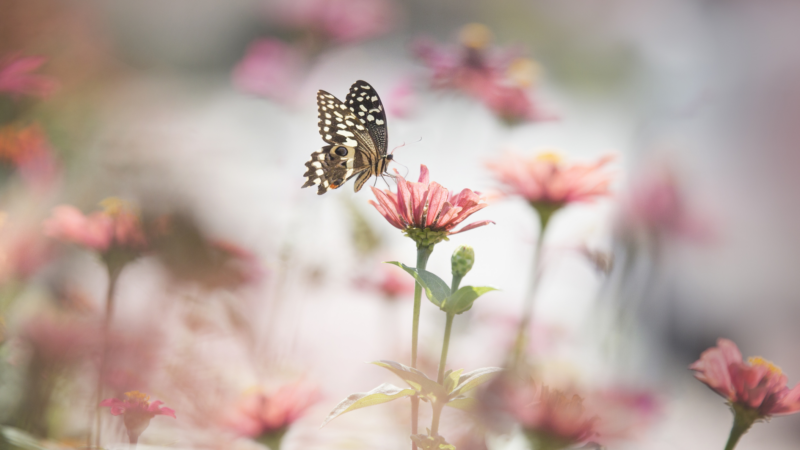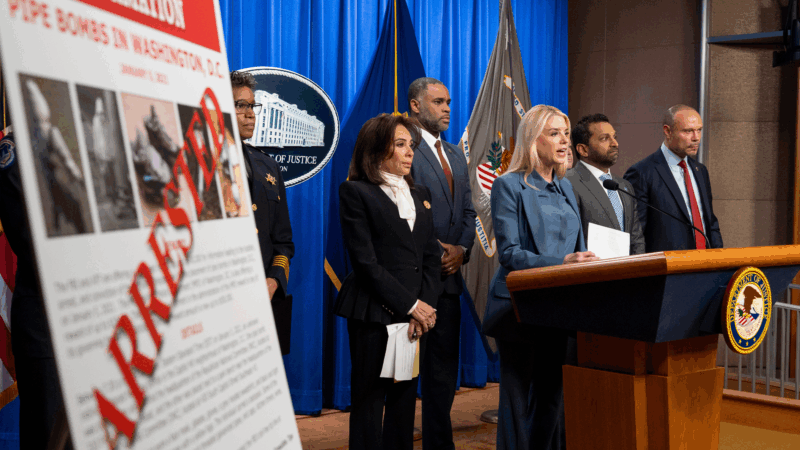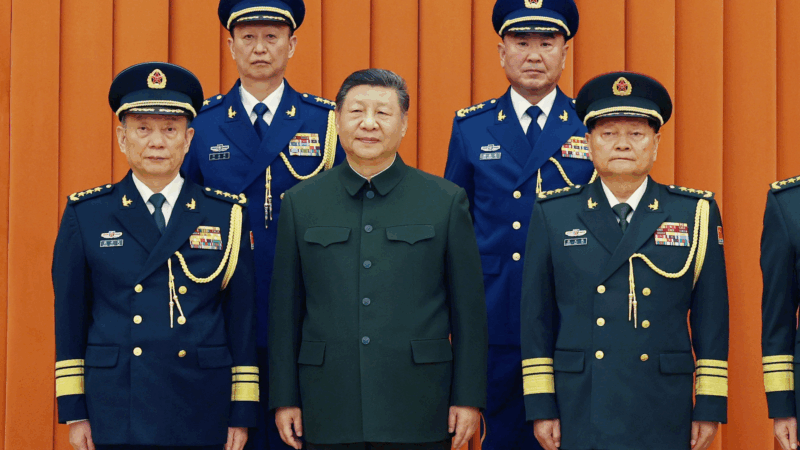Butterfly numbers have fallen by nearly a quarter since 2000
In the United States, perhaps no bug has been counted as often as the butterfly.
“There’s a lot of passion for them, they’re very charismatic,” says Collin Edwards, a quantitative ecologist at the Washington Department of Fish and Wildlife. That passion sparked scores of volunteers to spend hundreds of thousands of hours over the past several decades monitoring butterflies.
“Frankly, the amount of volunteer effort in the U.S. gives us really one of the best insect datasets in the world,” says Edwards.
But that dataset was a patchwork of separate, slightly different monitoring programs scattered across the country. To get a single, country-wide look at the state of these bugs, Edwards and a team of more than 30 butterfly researchers brought together and analyzed all these efforts — a total of 12.6 million butterfly sightings. Researchers say, the picture that emerged is worrying.
Since 2000, the number of butterflies in the United States has fallen by 22%, on average, researchers report Thursday in the journal Science. Butterfly abundance dropped in every part of the country, across a wide variety of species.
“It doesn’t sound like much, but 1 or 2% decline per year of any group is absolutely phenomenal when you compound that over more than one decade,” says David Wagner, a biologist at the University of Connecticut who wasn’t involved in the study. “The tree of life is being denuded at unprecedented rates.”
Only about 3% of the 554 species examined saw their numbers increase over this time period. Those more successful species tended to be ones that thrive closer to human development, the researchers found.
Averages can sometimes be deceiving, if big drops in a handful of species bring the overall average down. But that wasn’t the case for this analysis, says Edwards. “The median species declined by more than 40%. That was where it really hit me that this is really big.”
Butterfly numbers fell in every region of the country, though the southwest saw the biggest drop. Overall, it didn’t matter much if the butterflies were big or small, specialized in living on certain plants or were generalists, or lived in moist or dry habitats — all sorts fared worse over the two decades.
“When we see declines that are so widespread spatially and across traits, it’s really apparent that a lot of the drivers are these really big processes — some combination of habitat loss, pesticide use and climate change” says Edwards.
Large-scale conversion of natural lands, for agriculture or other kinds of development, have shrunk the habitats butterflies need to thrive. Pesticides used in farming are directly harming many species, especially in the Midwest. And climate change is pushing critters out of their comfort zones. For instance, the researchers found butterflies in more northern regions were doing better, though still declining, than those down south, where many areas are getting hotter and drier.
These forces are likely driving declines in other, harder-to-study insects, from beetles to wasps, says Wagner. “If butterflies are declining at 1.3% a year, we can bet that these 10 million other species that share our planet and make it run are in trouble, too. Nature collapses without them.”
Addressing any of these three drivers will take national or international action, including limiting greenhouse gas emissions and regulating the use of certain pesticides, Edwards says. “I can’t fix climate change myself, and that can feel really depressing and disempowering,” he says. “But habitat loss is something we can really affect.”
Cultivating pollinator-friendly plants in your backyard can provide food and nectar for caterpillars and butterflies, says Edwards. Such efforts can actually help mitigate some of the effects of climate change by ensuring butterflies — and other insects — have more stable sources of food, says Edwards. “We can really make a difference at that scale.”
Pipe bomb suspect told FBI he targeted U.S. political parties, memo says
The man accused of placing two pipe bombs in Washington on the eve of Jan. 6, 2021 told investigators someone needed to "speak up" for people who believed the 2020 election was stolen, prosecutors said Sunday.
Chinese military stages drills around Taiwan to warn ‘external forces’
The drills came after Beijing expressed anger at U.S. arms sales, and a statement by Japan's prime minister saying its military could get involved if China were to take action against Taiwan.
Trump and Netanyahu to meet in Florida at a crucial moment for the Gaza ceasefire
President Trump could use the face-to-face at his Mar-a-Lago estate to look for ways to speed up the peace process, as Israel's leader has been accused of not pushing his side to move fast enough.
‘Bomb cyclone’ forecasted to bring heavy snow, blizzard conditions and dangerous travel
A 'bomb cyclone' is intensifying severe winter weather for millions of people across the U.S. The system is expected to knock out power and disrupt holiday travel.
Russia sends 3 Iranian satellites into orbit, report says
The report said that a Russian rocket sent the satellites on Sunday from a launchpad in eastern Russia.
Viral global TikToks: A twist on soccer, Tanzania’s Charlie Chaplin, hope in Gaza
TikToks are everywhere (well, except countries like Australia and India, where they've been banned.) We talk to the creators of some of the year's most popular reels from the Global South.








